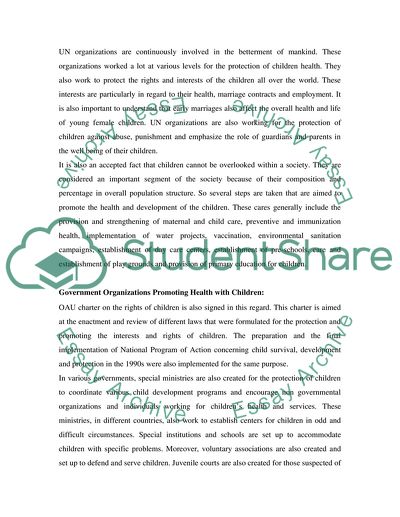Cite this document
(What are the Key Health Dangers for Children Essay, n.d.)
What are the Key Health Dangers for Children Essay. Retrieved from https://studentshare.org/sociology/1735333-critically-examine-who-or-govt-policy-for-a-promoting-health-with-children
What are the Key Health Dangers for Children Essay. Retrieved from https://studentshare.org/sociology/1735333-critically-examine-who-or-govt-policy-for-a-promoting-health-with-children
(What Are the Key Health Dangers for Children Essay)
What Are the Key Health Dangers for Children Essay. https://studentshare.org/sociology/1735333-critically-examine-who-or-govt-policy-for-a-promoting-health-with-children.
What Are the Key Health Dangers for Children Essay. https://studentshare.org/sociology/1735333-critically-examine-who-or-govt-policy-for-a-promoting-health-with-children.
“What Are the Key Health Dangers for Children Essay”, n.d. https://studentshare.org/sociology/1735333-critically-examine-who-or-govt-policy-for-a-promoting-health-with-children.


